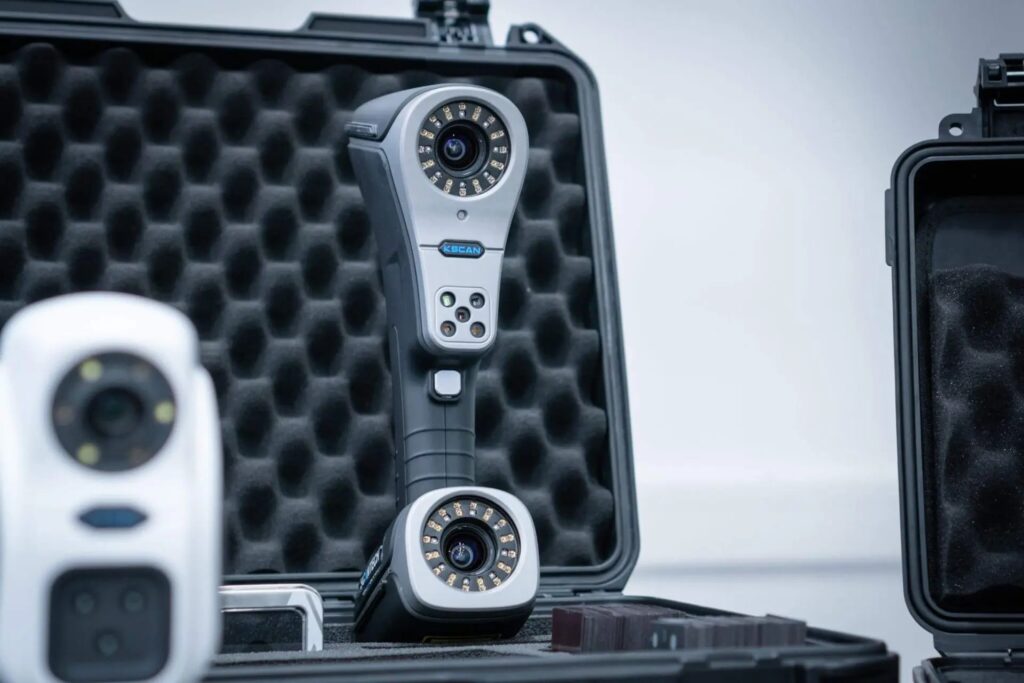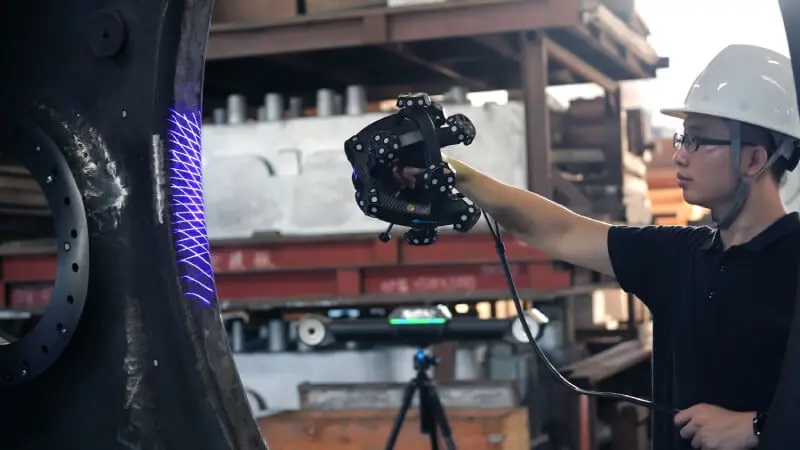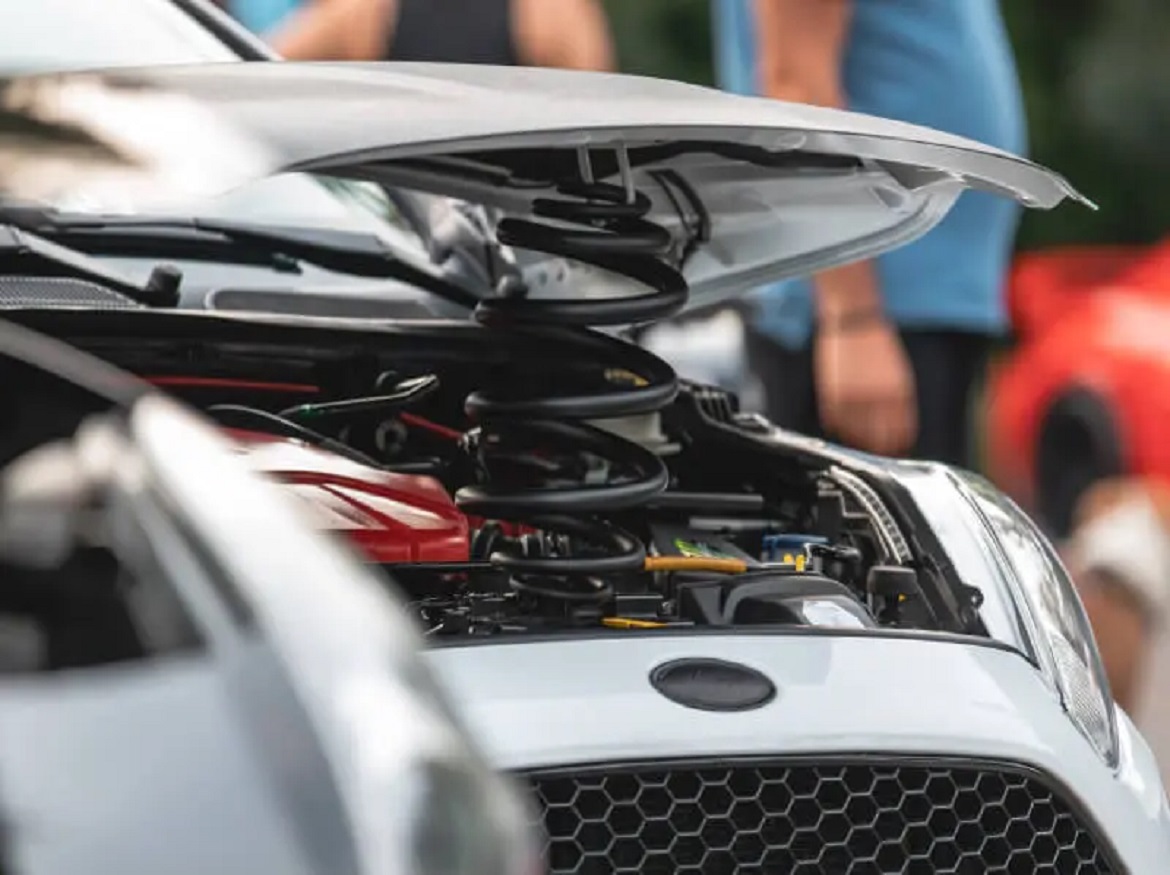Introduction to Automotive Stamping Part
A wide range of components are made using metal stamping, including copper, brass, and aluminium. In the production of modern automobiles, it is believed that metal stamping parts make up 60% to 70% of vehicle components.
Crucial sections, such as the chassis, structural elements, and mechanical portions of the engine, are made using stamping parts.
On average, each car has more than 1,500 stamping parts that are later welded together to form the body-in-white. The volume and variety of sheet metal parts are typically very large. If some parts are manufactured poorly, the part assembled later may fail to meet the requirement of GD&T.
Comparison of Various Inspection Methods
CMM: The most popular inspection method is the coordinate measuring machine (CMM). It can measure single points with great precision and can be configured to measure full-field data.
To measure parts, nevertheless, is too expensive and ineffective. In addition, it needs to be restored in a special lab with consistent humidity and temperature, which raises the expense of maintenance.
Inspection Gauge: Key points can be efficiently inspected using specialised inspection gauges. To inspect various geometries and characteristics, though, a range of inspection gauges is required.
High operating costs, such as those associated with storage, maintenance, and calibration, will start to accrue after the purchase of these instruments.
Arm: The arm has been used frequently in the past, thus operators must be outfitted with specialised knowledge and abilities to use it effectively. For batch measurement and inspection, it is ineffective.
What can Scantech’s 3D Scanner Help?
Manufacturers can benefit from Scantech’s portable 3D laser scanners and automated 3D measurement and inspection solutions for product development and quality control.

Without sacrificing accuracy or efficiency, these sophisticated and expert 3D measuring and inspection devices may boost your productivity and streamline your product lifecycle management procedures.
Scantech’s 3D scanners provide the accuracy, dependability, and portability to measure items with complicated geometries or difficult-to-reach locations. 3D scanners are used by engineers, product designers, and researchers in the fields of heavy machinery, aerospace, and 3D printing.
In the section that follows, we’ll see how TrackScan-P 550 can support RPS alignment, GD&T inspection, spring-back analysis, and trimming line inspection during 3D inspection of automobile stamping parts.

RPS Alignment: Using the TrackScan-P550, you can utilise the edge module in conjunction with shadow-free auxiliary illumination modules to precisely get the closed features—such as holes and slots—used for RPS alignment with higher accuracy.
Inspection of Hole Diameter and Pitch Holes: Taking advantage of 3D laser scanning examination, users can receive precise and full-field data. Therefore, they can inspect the hole diameter and the pitch of holes efficiently. It helps manufacturers ensure the part can be successfully fixed onto the welded fixture for further processing.
Springback Analysis: The stages of product design and mould development are the optimal times to reduce or remove the spring backs of metal stamping components. Engineers are able to predict and account for spring back precisely with the aid of finite element analysis and 3D data collection.
They can quickly locate the position and determine the magnitudes of spring back during the mass production stage by comparing the scan data produced by the optical tracking 3D scanner TrackScan-P 550 with the original CAD.
It can aid technicians in identifying issues rapidly, devising solutions, and directing mould remediation.
Trimming Line Inspection: One of the crucial components that must be checked for the stamping portion is the trimming line. Trimming lines of high-quality guarantees that the pieces in the final assembly adhere to vehicle specifications. It indicates that there are no gaps or interferences during the assembly process.
Manufacturers must stop the machine if any irregular trimming lines are discovered and inspect it for positioning errors or improper feeding.
They can efficiently find the main causes, collect precise coordinates, and rectify issues in time to prevent losses using Scantech’s 3D scanners.
Scantech Automated Measurement System
Scantech provides automated 3D inspection systems for stamping components for automobiles that are used in quality control. We examined and evaluated surface deviation, hole diameter, hole position, hole-to-hole distance, boundary, and gauge of its stamping parts using our internally designed AutoScan-T.
Click on the following link Metrologically Speaking to read more such blogs on Metrology.









